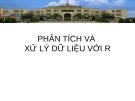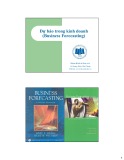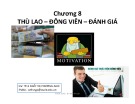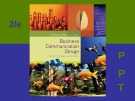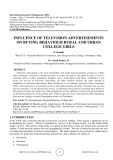
http://www.iaeme.com/IJM/index.asp 53 editor@iaeme.com
International Journal of Management (IJM)
Volume 7, Issue 7, November–December 2016, pp.53–60, Article ID: IJM_07_07_005
Available online at
http://www.iaeme.com/ijm/issues.asp?JType=IJM&VType=7&IType=7
Journal Impact Factor (2016): 8.1920 (Calculated by GISI) www.jifactor.com
ISSN Print: 0976-6502 and ISSN Online: 0976-6510
© IAEME Publication
INFLUENCE OF TELEVISION ADVERTISEMENTS
ON BUYING BEHAVIOUR RURAL AND URBAN
COLLEGE GIRLS
D. Shanthi
Ph.D (P.T) - Research Scholar in Commerce, Sree Narayana Guru College, Coimbatore, India.
Dr. Ashok Kumar. M
Professor & Head, Department of Management Studies, Karpagam University, Coimbatore, India.
ABSTRACT
Television advertising is the most memorable and easily digested formats around us. Unlike
other strategies, television commercials have a variety of tools to call upon to gain a viewer’s
attention, such as video, animation, graphics, voice, sound effects and music. Confidence is the
factor for success of television advertising. No other medium projects the same amount of
confidence as television advertising. Buyer behaviour is a systematic approach where consumers
follow when entering in to purchase process and making buying decisions. Teenager has become
the top consumer’s in the present day society, so advertiser has focussed on getting their business.
This paper presents the results of a study designed to test the influence of television advertisements
on the buying behaviour of the college girls. Primary data has been collected from 360 respondents
from private colleges around Chengalpattu district of Tamilnadu.
Key words: TV advertisements, Buying Behaviour, College girls.
Cite this Article: D. Shanthi and Dr. Ashok Kumar. M, Influence of Television Advertisements on
Buying Behaviour Rural and Urban College Girls. International Journal of Management, 7(7),
2016, pp. 53–60.
http://www.iaeme.com/IJM/issues.asp?JType=IJM&VType=7&IType=7
1. INTRODUCTION
In the world today, media has become as necessary as food & clothing. It has played a significant role in
strengthening the society. Media is considered as "mirror" of the modern society, it is the media which
shapes our lives. The purpose of the media is to update people about current, new affairs and to gossip and
fashion. It tells about the people who are geographically divided. The role of media has become one way
of trading and marketing of products and prejudices. The media claimed to be governed by righteousness
and equity, but greed and self-promotion has poisoned its virtues. Media is in charge of:
• Information
• Education
• Entertainment







